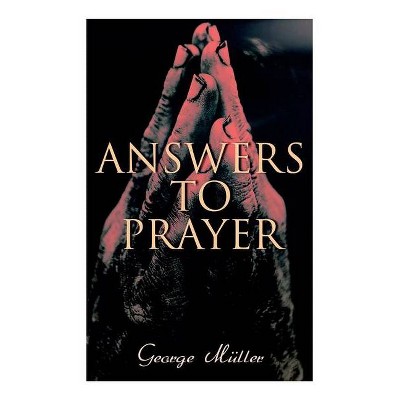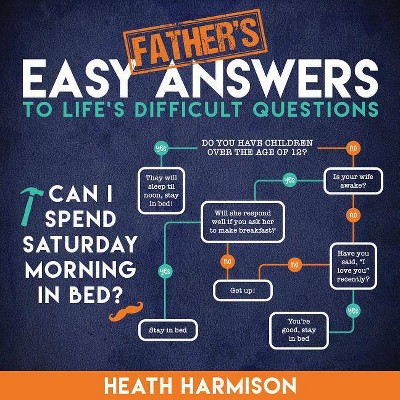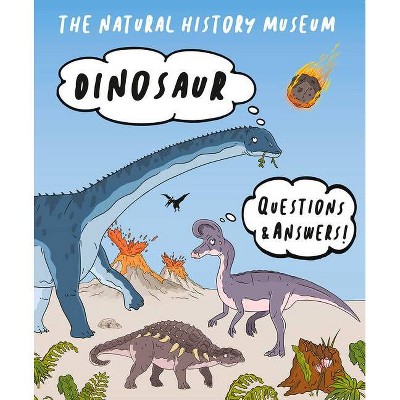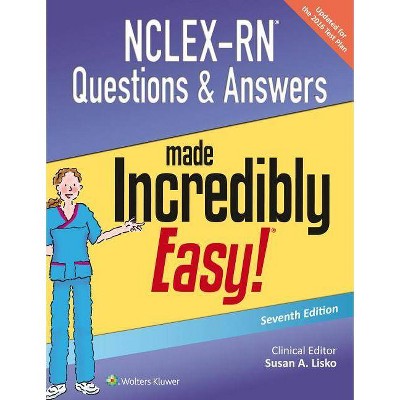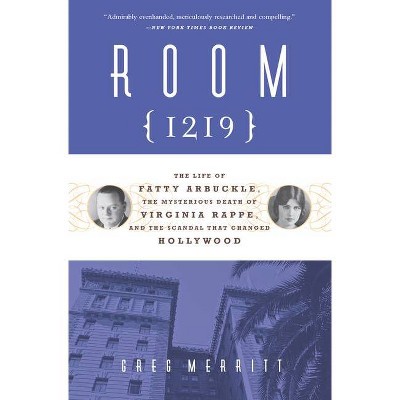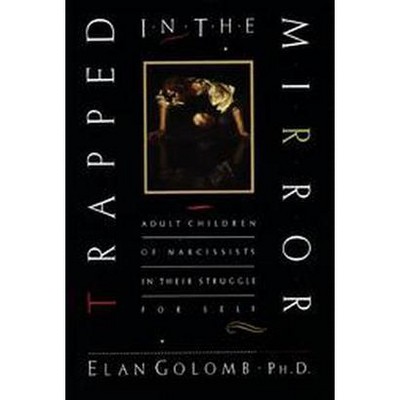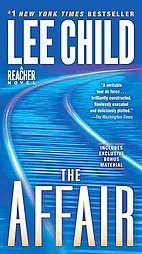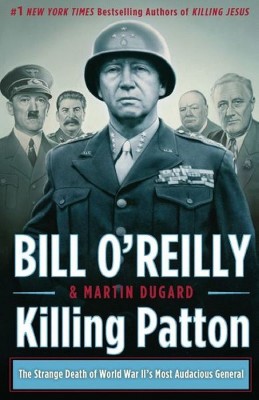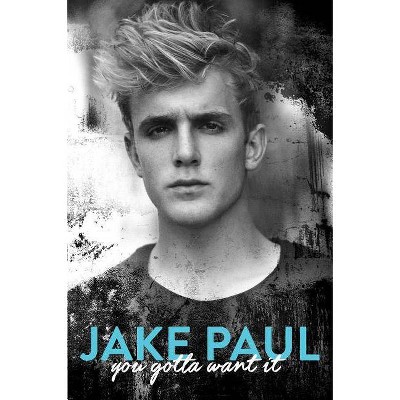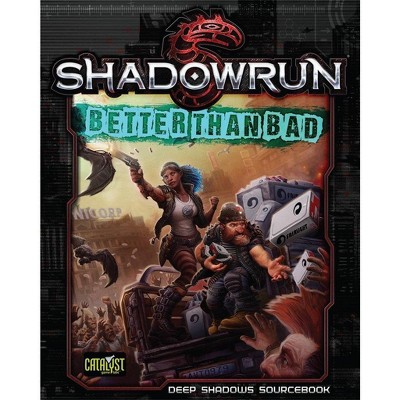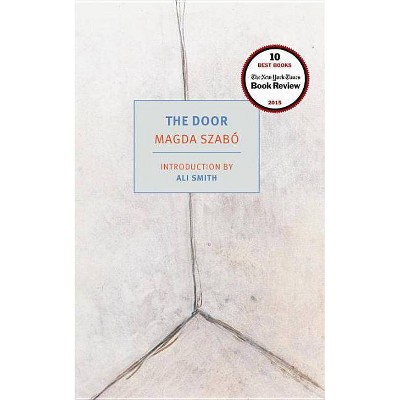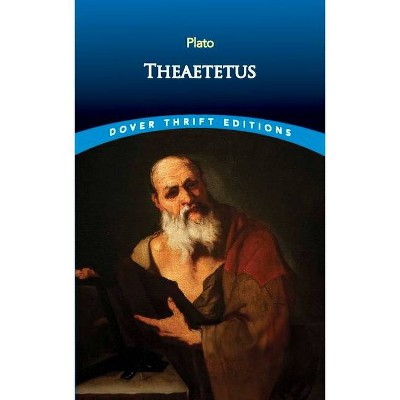No Easy Answers - by Brooks Brown & Rob Merritt (Paperback)
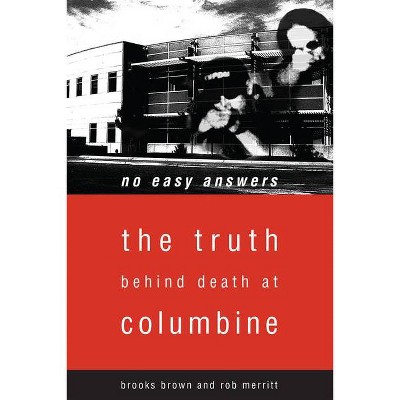
Similar Products
Products of same category from the store
AllProduct info
<p/><br></br><p><b> Book Synopsis </b></p></br></br>On April 20, 1999, Dylan Klebold and Eric Harris, two seniors at Columbine High School in Littleton, Colorado, walked into their school and shot to death twelve students and one teacher, and wounded many others. It was the worst single act of murder at a school in U.S. history. Few people knew Dylan Klebold or Eric Harris better than Brooks Brown. Brown and Klebold were best friends in grade school, and years later, at Columbine, Brown was privy to some of Harris and Klebold's darkest fantasies and most troubling revelations. After the shootings, Brown was even accused by the police of having been in on the massacre--simply because he had been friends with the killers. Now, for the first time, Brown, with journalist Rob Merritt, gets to tell his full version of the story. He describes the warning signs that were missed or ignored, and the evidence that was kept hidden from the public after the murders. He takes on those who say that rock music or video games caused Klebold and Harris to kill their classmates and explores what it might have been that pushed these two young men, from supposedly stable families, to harbor such violent and apocalyptic dreams. Shocking as well as inspirational and insightful, No Easy Answers is an authentic wake-up call for all the psychologists, authorities, parents, and law enforcement personnel who have attempted to understand the murders at Columbine High School. As the title suggests, the book offers no easy answers, but instead presents the unvarnished facts about growing up as an alienated teenager in America today. This edition contains a new afterword that describes what the two authors have experienced and learned about Columbine since the publication of the book.<p/><br></br><p><b> Review Quotes </b></p></br></br><br>Article by Alan Prendergast, October 31, 2002 (excerpted) <p/>Deeper Into Columbine: The settlements. The spin. The remaining secrets.<br>When Brooks Brown graduated from Columbine in the terrible spring of 1999, he still owed the school ninety hours of community service for smoking on school grounds. He figures he's paid off at least part of the debt by writing a book about the massacre and its aftermath, <strong>No Easy Answers: The Truth Behind Death at Columbine</strong>, which just arrived in bookstores. <p/> Over dinner at a Littleton sports bar, Brown is expansive, confident, somber--a 22-year-old author who's already had more experience in the public eye than most writers will experience in a lifetime. "The worst things that happen to you build the most character," Brown says. "I slowly learned that over the past three years and wanted to put that in book form." <p/>Brown's own struggle with the mysteries of Columbine revolves around two life-altering events. In 1998, he discovered that his classmate Eric Harris had posted violent writings on his Web site, boasting of building pipe bombs and threatening to kill people--including Brooks Brown. Brown's parents, Randy and Judy Brown, took the Web pages to the Jefferson County Sheriff's Office. It was the only serious attempt by anyone to alert authorities that Harris was dangerous. <p/> The second event came thirteen months later. Minutes before the attack began, Brown ran into Harris in the school parking lot. Harris was pulling duffel bags out of his car. "Brooks, I like you now," Harris told him. "Go home." <p/>Brown says he suspected that a school prank was in progress. He headed down Pierce Street, debating whether to skip his next class. Then he heard gunshots, and nothing was ever the same. <p/> In the orgy of scapegoating that followed, his bizarre encounter with Harris became a source of endless speculation and suspicion. Classmates shunned him. School administrators tried to discourage him from finishing the year with the rest of his class. Investigators grilled him and attempted to persuade his parents that he was a threat to their safety. Sheriff Stone branded him a "potential suspect" on national television. <p/>Brooks and his parents embarked on a tortuous journey to clear his name and find out what happened to the complaints they'd filed about Harris months before, a journey that continues to this day. <p/>Co-authored with Rob Merritt, an Iowa journalist Brown met on the Internet, <strong>No Easy Answers</strong> is largely Brown's own story, a work of recollection and meditation rather than reportage--the story of a rebellious, Ayn Rand-reading adolescent who became an outcast in a school where jocks rule, narrowly avoided the killing spree, then was left to cope with his own guilt-by-association notoriety. It's also a soul-searching inquiry into what could possibly lead two fellow outcasts, kids he thought he knew well, to commit mass murder. <p/> "I know plenty of kids who drew pictures of the school blowing up," Brown says now. "It was a joke. It became commonplace. A lot of kids share the situation Eric and Dylan were in, but they won't do what these two did. The fact is, Eric was beyond rage about things, all kinds of things. How he got that way is something people need to think about." <p/> As his title suggests, Brown offers no definitive answers to explain away the tragedy. But the book does provide glimpses of the childhood of Dylan Klebold, a lonely, introverted youth Brown first met in grade school, and a more shadowy portrait of Eric Harris. It also paints a grimmer picture of the bullying situation at Columbine than school officials will ever concede. One memorable passage recounts how a group of seniors would "go bowling" with freshmen, squirting baby oil in the halls and then sending victims sliding into other students or crashing into lockers. <p/>Brown insists that he witnessed such activities himself. "I was tall, so I blended in," he says. "It didn't happen to me, but it happened to people I knew. This one girl broke her leg." <p/> But bullying has never been an adequate explanation for what happened at Columbine. You might as well blame video games or rock music, two bogus "causes" that Brown soundly rejects. He also is critical of what he regards as the exploitation of the tragedy by Christian groups, including a stream of books that have characterized the victims of the rampage as martyrs of their faith. <p/>"There are no heroes or martyrs of Columbine, period," Brown says. "Cassie Bernall wasn't a martyr; she was a kid. Dave Sanders died a horrible death. Everybody did what they could. If there were heroes, it would be the janitors, who were getting kids out despite the gunfire." <p/>Two years after the shootings, the Browns finally learned that a sheriff's investigator had drafted a search-warrant request for Harris's house in 1998 in response to their complaints. The document, hidden until CBS News went to court to pry it loose, contradicted several statements Stone's people had made about their dealings with the Browns and raised even larger questions about why the sheriff's office failed to investigate further ("Chronology of a Big Fat Lie," May 3, 2001). It's one of many questions Brown still has about Columbine, questions beyond the scope of his book. <p/>"I want to know what Eric's and Dylan's parents knew," he says. "I want to know if any of their friends knew this was going to happen. I want to know what happened with the search warrant. And I want to know why the people in Jefferson County don't give a damn that the cops won't protect you when something like this happens." <p/> Brown's book ends with a call for a wider dialogue about the roots of violence, one that would include more young people and those who, as he puts it, "think outside the norm." Toward that end, he's set up his own Web site for discussion of nonviolent protest (www.atlasisshrugging.org). He's also acquired an interest in filmmaking after assisting Michael Moore in the making of his documentary, <em>Bowling for Columbine</em>. (He's visible but not identified in the movie's Kmart sequence, in which Moore and former Columbine students shame the chain into discontinuing sales of handgun ammo.) Recently, director Gus Van Sant (<em>Drugstore Cowboy</em>, <em>To Die For</em>) contacted him about possibly serving as a consultant on a feature film dealing with school shootings, one of several Hollywood projects in various stages of development that could keep the issues of Columbine before the public for years to come. <p/>Poised to set out on a book tour, Brown isn't finished talking about Columbine; if anything, he's just starting. "If this book does well, I might do another one," he says. "There's so much about this that people don't understand." <p/> Sheriff Stone, your work is almost done. Perhaps in the months ahead you will have the leisure to read Brooks Brown's book and find out how your campaign to discredit him devastated him and his family. Perhaps not. But take notice: The investigation of Columbine is far from over.<br><br>Reviewed by John E. Schlimm II, April 2003 (excerpted) <p/>This book is more than simply an expose or tell-all. It's an instructive tale about two future murderers who became hostile after years of being victimized by bullies. This is a reality check of warning signs that are often precursors to school violence. Brown should be proud of himself for channeling a traumatic experience into a constructive book that will undoubtedly help prevent similar tragedies from occurring. <p/>Book collectors should secure this book for its historical value, but parents, teachers, and school administrators should read this book for its powerful potential to change the way the world thinks about school violence.<br><br>Reviewed by John Green, October 15, 2002 (excerpted) <p/>Brown's story is gripping and provocative. . . . Excellent choice for outsider teens wondering if there's a light at the end of the bullying tunnel.<br><br>Reviewed by Paul M. Kingery (excerpted) <p/>In <strong>No Easy Answers</strong>, Brooks Brown, a student at Columbine High School at the time of the shootings, offers his own retrospective view with help from his young journalist co-author, Rob Merritt. Their book merits a careful read, with a discerning and gracious eye, to unravel why they believe bullying should be condemned, why artistic violence (such as singer Marilyn Manson's lyrics) should be exonerated, why two youths in a matched set of three would go on a murderous rampage that horrified the third, and what this means for us. <p/><strong>No Easy Answers</strong> is, sadly, aptly named. It is a decent attempt to understand something about this crucial and still-neglected issue. But as a nation, we must look further. With school shootings down and the media and the president focused on Iraq, we may not see improvements until or unless terrorists begin targeting schools, as bullied, marginalized students have done in the past.<br><br>Reviewed by Victoria Zhang, December 5, 2002 <p/>Bullies. It's all about the bullies, according to Brooks Brown and journalist Rob Merritt in <strong>No Easy Answers: The Truth Behind Death at Columbine</strong>. It's also about indifferent teachers who are not held accountable for their actions. Teachers who look the other way when bullies verbally and physically abuse other kids. Teachers who give preferential treatment to "favorite" students, jocks and scholars, students who walk the "normal" road. Teachers who don't know what to do with students who forge individualistic paths, and ignore those students. It's also about police corruption and higher level cover-ups in Colorado and beyond. <p/>Having known Harris and Klebold very well, Brooks proposes that the rampage his friends had been planning in cognito for a year may have been prevented. The Brown family thought police had responded to reports they filed regarding death threats Harris made against Brooks on his website, but that never happened. In <strong>No Easy Answers</strong>, Brooks details the years before April 20, 1999, and then the first few hours of that day's massacre. Fourteen students and one teacher died. How could his friend Dylan Klebold, whom he'd grown up with since grade school, change so drastically? Klebold and Harris were bullied, pushed down, and ignored by the establishment. <p/>Brooks also details the aftermath of the massacre, explaining how he stood accused as a co-conspirator, and how police reports released much later exonerated him of those charges. New police reports are still being released, even after this book was published. How much evidence was suppressed? Why is new information still coming out? The questions linger. <p/> Since Columbine, I have often wondered if schools will ever be safe. If educators and parents read this book and create change, schools may be safer in the future. "We as a society allowed Eric and Dylan's creation," Brooks says in his last chapter. "If we sit back and wait for society to fix itself, it will never happen. We will only see more of the same." <p/> The book's final message, however, is more encouraging: "Don't give up hope."<br><br>September 30, 2002 <p/>The question of why Columbine seniors Dylan Klebold and Eric Harris killed 12 classmates and one teacher before killing themselves is personal for classmate Brown, who was friends with both boys. However, this search for an answer is unlikely to provide closure for either Brown or others concerned about preventing future acts of school violence. The author, who appeared on Oprah and other shows after the killing spree, writes conversationally, as if he were being questioned by a talk show host and asked to describe growing up with Klebold, why he thinks Harris told him to go home right before the shootings and what can be learned about the gruesome event. Interspersed between Brown's first person accounts of bullying and injustice at Columbine, which he regards as the motivating factors for the shootings, are third person interviews with his parents and others. Since much of the story of the event's aftermath is told from newspaper clippings and TV reports, there's little new here. Still, Brown's discussion of Harris's Web pages, where he made a death threat against Brown, and the police's failure to act on them, makes for chilling reading. The book bogs down when Brown details the actions of the local police and sheriff, who implied that Brown was a suspect even though they knew he and his family were mentioned as potential targets in Harris's journals. Too little time has elapsed since the shootings for Brown to have the perspective necessary to make this a definitive work, but readers interested in a close-up account of the tragedy will want to read this book. Photos.<br>
Price History
Cheapest price in the interval: 14.99 on March 10, 2021
Most expensive price in the interval: 14.99 on November 8, 2021
Price Archive shows prices from various stores, lets you see history and find the cheapest. There is no actual sale on the website. For all support, inquiry and suggestion messagescommunication@pricearchive.us
